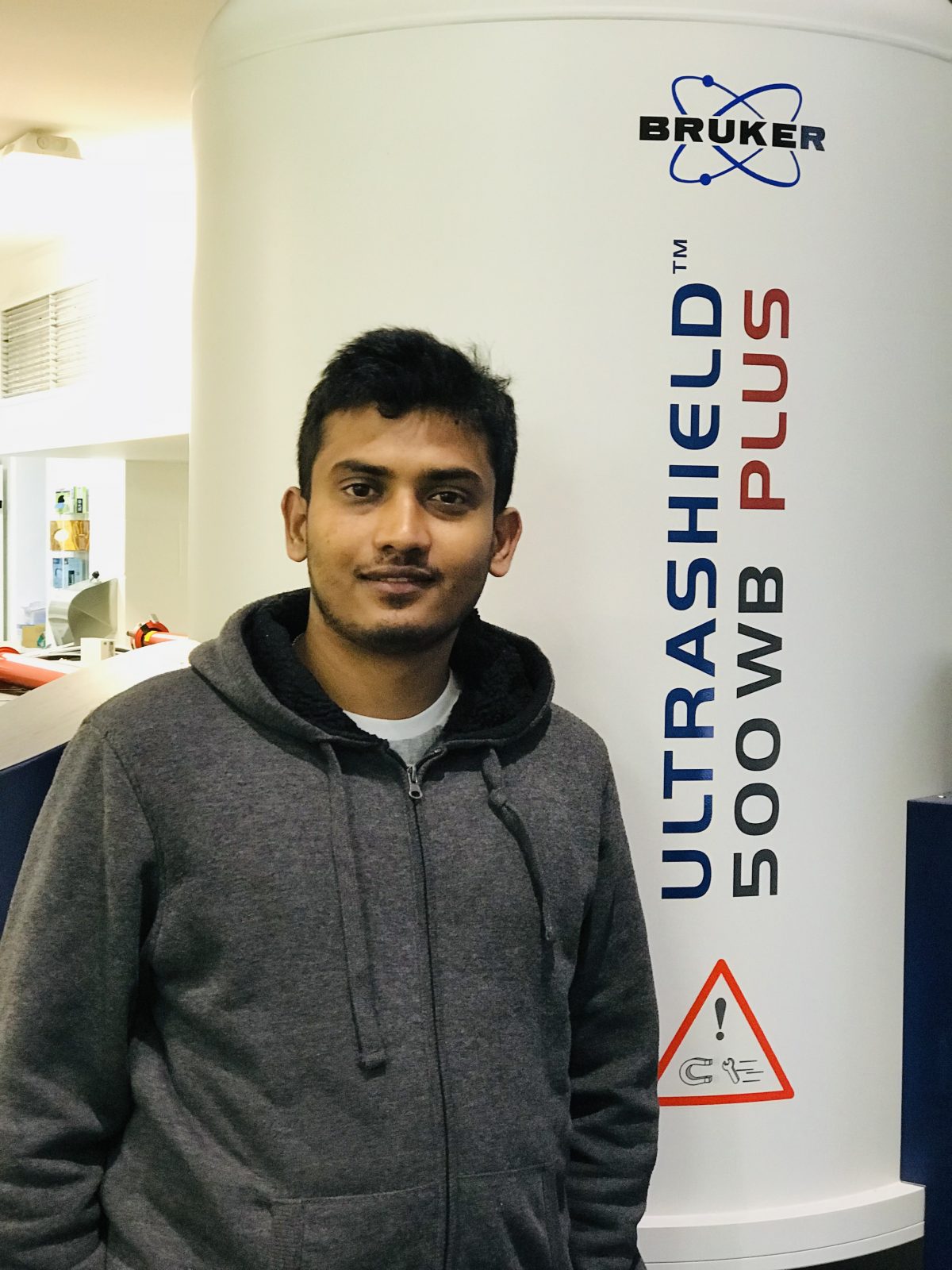News
3D printing bone tissue
Jun 28 2022
Researchers have shown that operando magnetic resonance imaging (MRI) can be used to obtain quantitative temperature and concentration maps from working thermocells to advance our understanding of the devices.

Lead author Dr Isuru Gunathilaka
Three ACES researchers at the Institute for Frontier Materials (IFM) at Deakin University – Dr Isuru Gunathilaka, Professor Jennifer Pringle, Associate Professor Luke O’Dell – conducted the study, which is reported in Nature Communications.
Low-grade waste heat is an abundant and underutilised energy source generated by industrial processes, automobiles, natural sources such as solar or geothermal, and even the human body. Its utilisation is increasingly attractive as the demand for technology-based solutions to climate change and improved renewable energy sources accelerates.
Thermo-electrochemical cell systems (or thermocells) are able to harvest low-grade waste heat to generate electricity and are being studied intensively to deliver on the promise of efficient and cost-effective energy harvesting and electricity generation.
“Despite the advances in the performance of thermocells in recent years, we still don’t have a great understanding of the internal processes occurring within these devices and understanding those processes is challenging,” A/Prof O’Dell explained.
“In this research, we have reported an operando MRI approach with liquid and gel electrolytes that can provide quantitative spatial maps of the electrolyte temperature and redox ion concentrations in functioning thermo-electrochemical cells in order to shed light on these mechanisms.
“Operando MRI is a versatile and non-invasive visualisation technique that is particularly well suited for studies of thermocells thanks to the inherent paramagnetic nature of many redox studies that will result in enhanced relaxation-based image contrast, as well as its ability to quantitatively probe translational molecular dynamics including diffusion and flow.”
“This work provides valuable experimental data on the different inter-related processes occurring in these devices that can be correlated with both modelling results and electrochemical measurements and the approaches reported in our paper may also be useful for studying other energy storage devices, such as thermal batteries and capacitors.”
The recently published paper Operando magnetic resonance imaging for mapping of temperature and redox species in thermo-electrochemical cells is available online.













